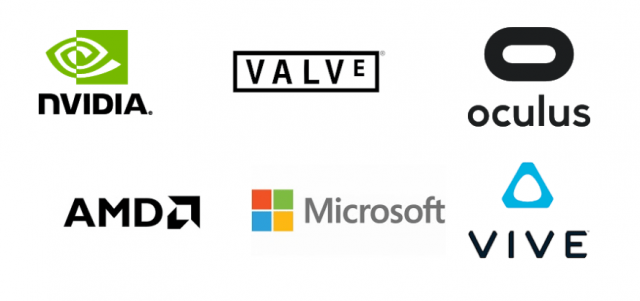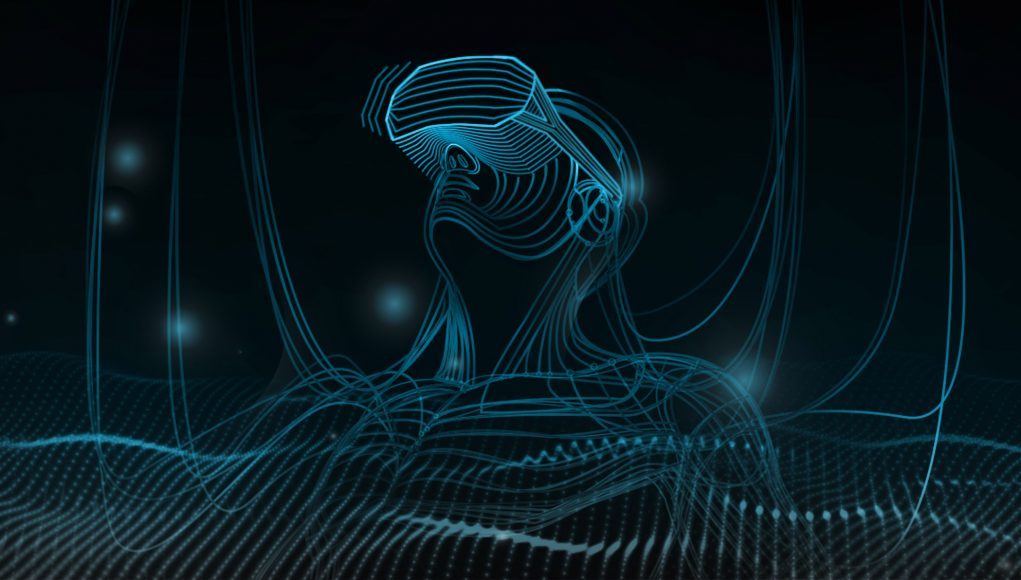Back in July, many of VR’s biggest players announced the VirtualLink Consortium, a group unified around creating a connection standard for future VR headsets. HTC was seemingly the odd one out back at the initial announcement, but this week the company joined the group in support of the standard.
Representing most of the VR industry’s core hardware and software makers, NVIDIA, AMD, Valve, Oculus, and Microsoft were the initial members of the VirtualLink Consortium. The companies came together around an “open industry standard” connection for VR headsets which is functions as an alternate mode of the USB Type-C connector, the newest type of USB plug. The purpose of VirtualLink, say the companies, is to not only condense VR headset plugs down to a single, thin cable, but also to meet the needs of next-gen headsets.
And while Valve (who was among the founding group) incubated the Vive technology and eventually partnered with HTC to bring it to market, HTC in recent years has taken a much more independent approach with its VR development. HTC wasn’t initially part of the VirtualLink consortium which was the only glaring omission among the group otherwise consisting of the industry’s key hardware and software platform holders.
This week at the XRDC conference in San Francisco, HTC announced that it had opted to join the group in support of the VirtualLink connection standard.
 While no major headset maker has yet announced a headset with the VirtualLink port, NVIDIA’s latest generation of RTX GPUs offer support for the standard, and their recently released GeForce RTX ‘Founder’s Edition’ cards all include the VirtualLink port.
While no major headset maker has yet announced a headset with the VirtualLink port, NVIDIA’s latest generation of RTX GPUs offer support for the standard, and their recently released GeForce RTX ‘Founder’s Edition’ cards all include the VirtualLink port.







